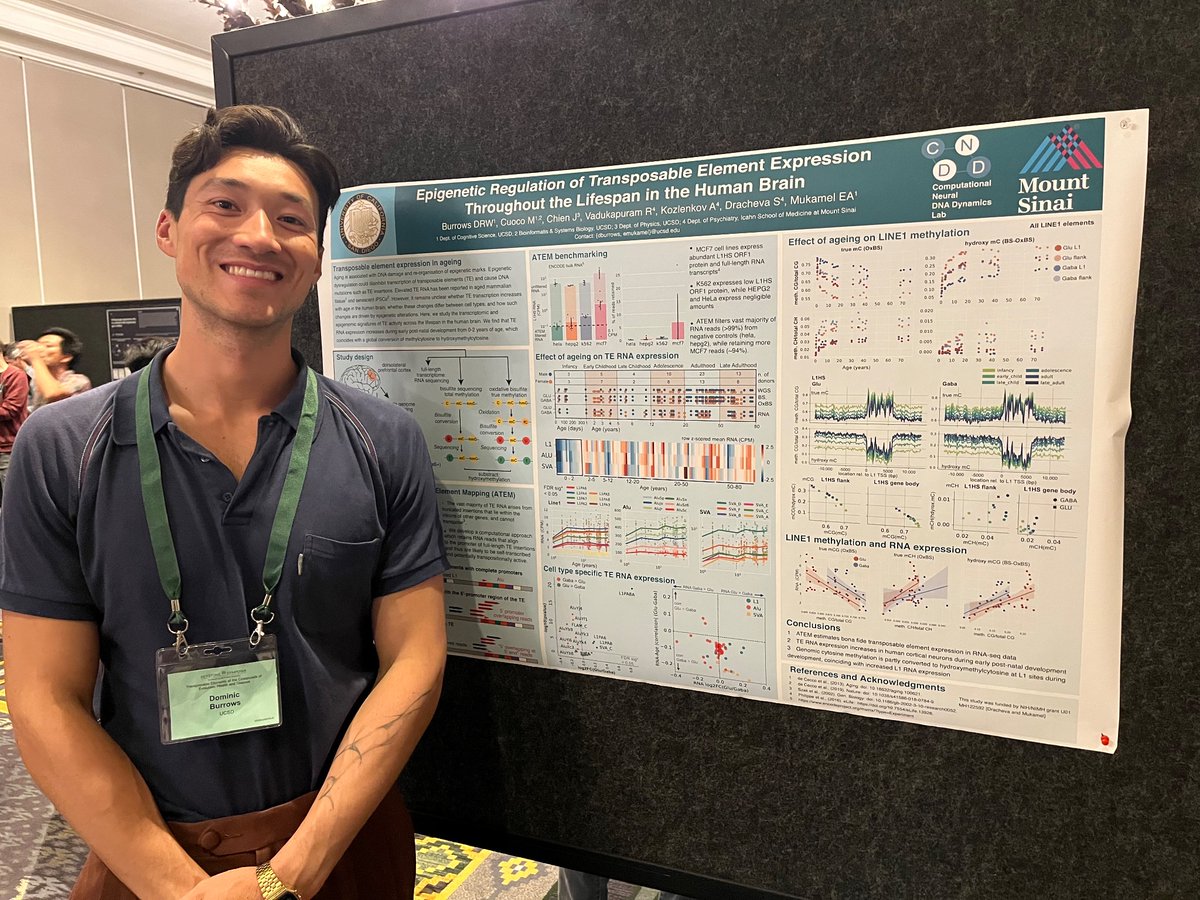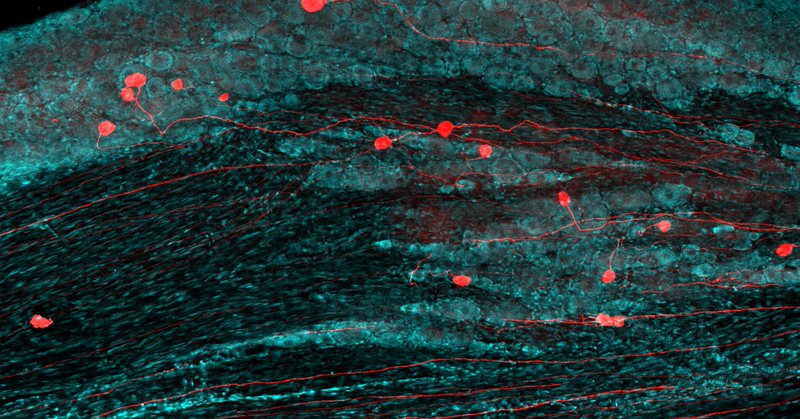
Dominic Burrows 蔚松
@dominicburrows_
Followers
644
Following
4K
Media
75
Statuses
1K
Computational Neuroscience & Genomics | Lecturer in Data Science | Postdoc with @emukamel at UCSD.
San Diego, USA
Joined August 2018
Ever wonder how the brain manages to be BOTH adaptable to environments AND stable to perturbations? . and how on earth this is achieved during development when plasticity is high? . Check out my & @roschkoenig preprint and see if we have any idea:
1
5
12
RT @takaki_komiyama: 663 days since the senseless tragedy that took An, we present a manuscript that reports some of the discoveries that s….
biorxiv.org
During the execution of learned motor skills, the neural population in the layer 2/3 (L2/3) of the primary motor cortex (M1) expresses a reproducible spatiotemporal activity pattern. It is debated...
0
46
0
RT @dominicburrows_: Ever wonder how the brain manages to be BOTH adaptable to environments AND stable to perturbations? . and how on eart….
0
5
0
Pleased to say that I have been appointed as a Lecturer in Data Science at @UCSanDiego for next year - excited to get started :D.
3
0
19
It's been a long-held dream of mine to publish in a physics journal - excited to see this finally out at @PhysRevX, credit to the excellent @roschkoenig @ArianAshourvan , @ChrisWLynn.
This is out now in @PhysRevX - how whole-brain activity patterns arise from pairwise interactions in the larval zebrafish 👉📖 .
0
0
15
RT @catia_fortunato: Really excited to attend SfN for the first time! #SfN23 I will share our work on nonlinear manifolds, and how we are p….
0
9
0
Super excited to be back @SfNtweets in DC! Will be giving a talk on transposable elements in the brain at NANO13.04, come check it out!
0
2
37
Exciting work from the incredible @roschkoenig @ArianAshourvan @ChrisWLynn , honoured to be involved!.
Complex patterns of brain activity emerge from direct one-to-one neuronal interactions. Is this simple scaffold enough to explain whole-brain patterns in real life data?.Come with us and see: ✨ collab with @dominicburrows_ @ChrisWLynn & @arianashourv
1
1
9
RT @roschkoenig: Complex patterns of brain activity emerge from direct one-to-one neuronal interactions. Is this simple scaffold enough to….
0
21
0
RT @klagojohn: So the time came to bid farewell to @dev_neuro, but also the end of an era for me in academic research. .
0
2
0
RT @roschkoenig: This really was a labour of love by @dominicburrows_ great to see it out properly at @SfNJournals . Read on for whole-bra….
0
4
0
creds to the whole amazing team @roschkoenig @GiovannDiana @DaniSBassett @MartinMeyerTBP @epilepsy_london @birgitpimpel.
0
0
5
Propagating neuronal avalanches give rise to chaotic and sticky dynamics at the macroscale during epileptic seizures ❤️🔥❤️🔥❤️🔥. Pleased to say that my paper is now published @SfNJournals .
jneurosci.org
Neuronal activity propagates through the network during seizures, engaging brain dynamics at multiple scales. Such propagating events can be described through the avalanches framework, which can...
7
19
73












